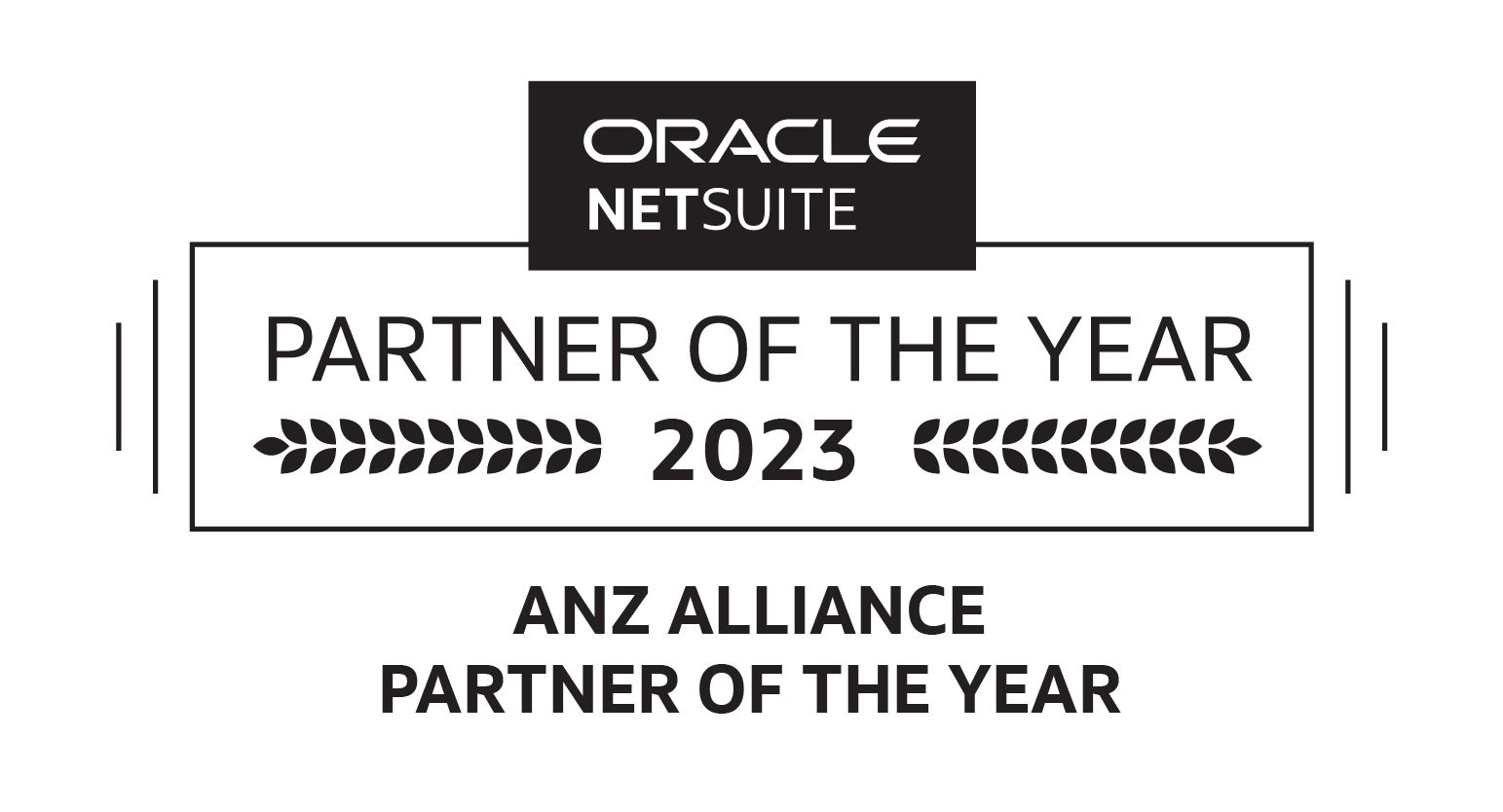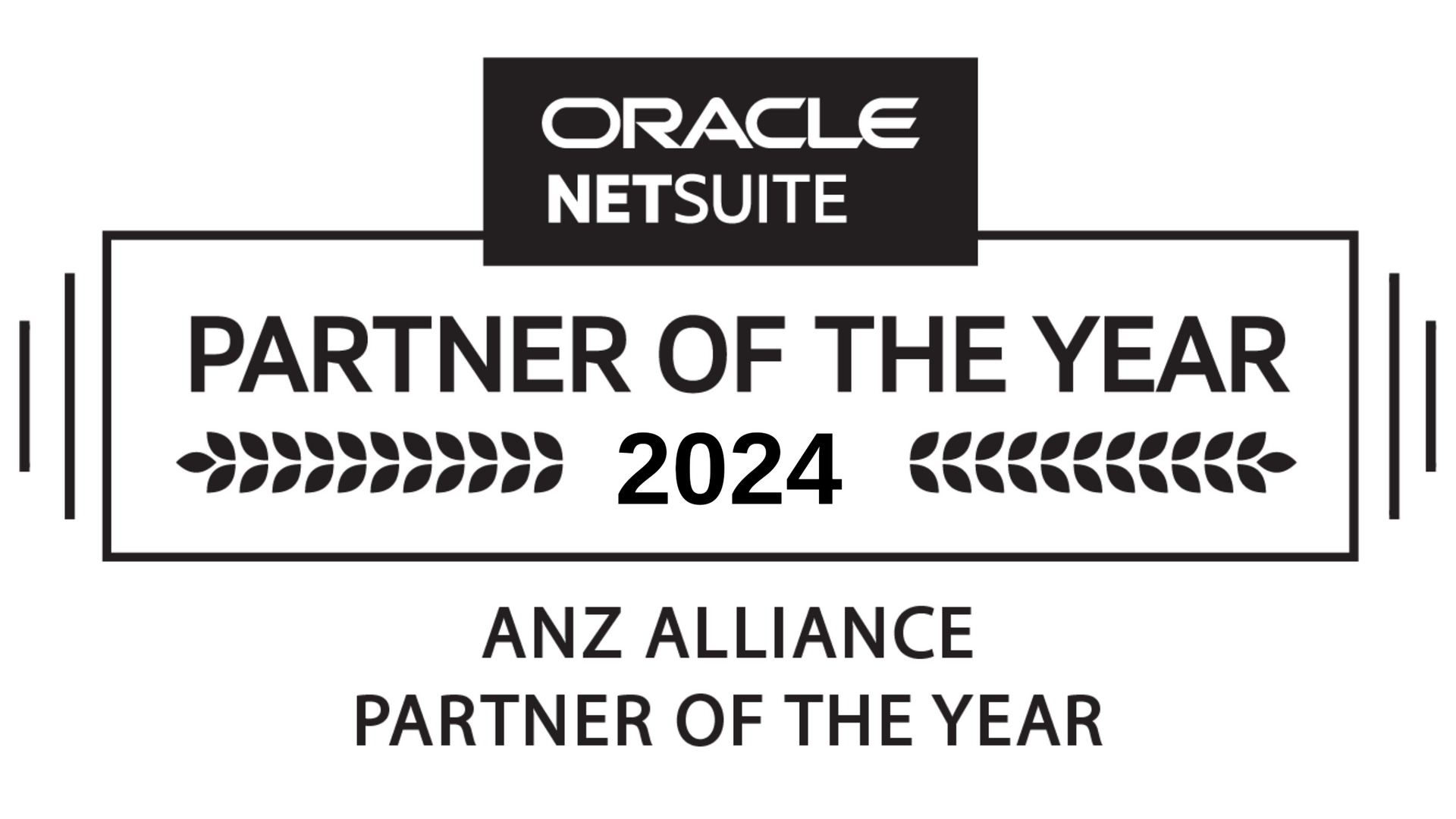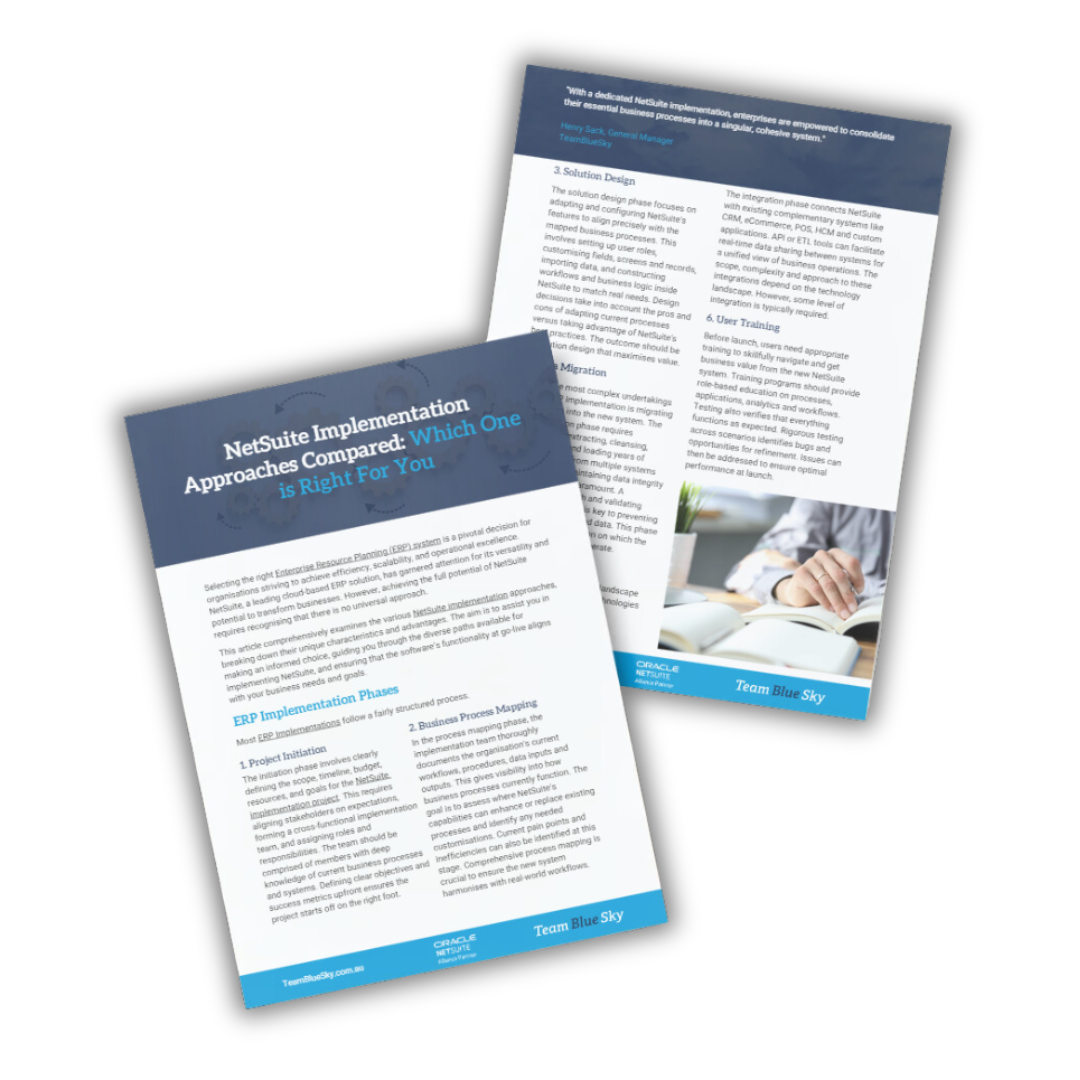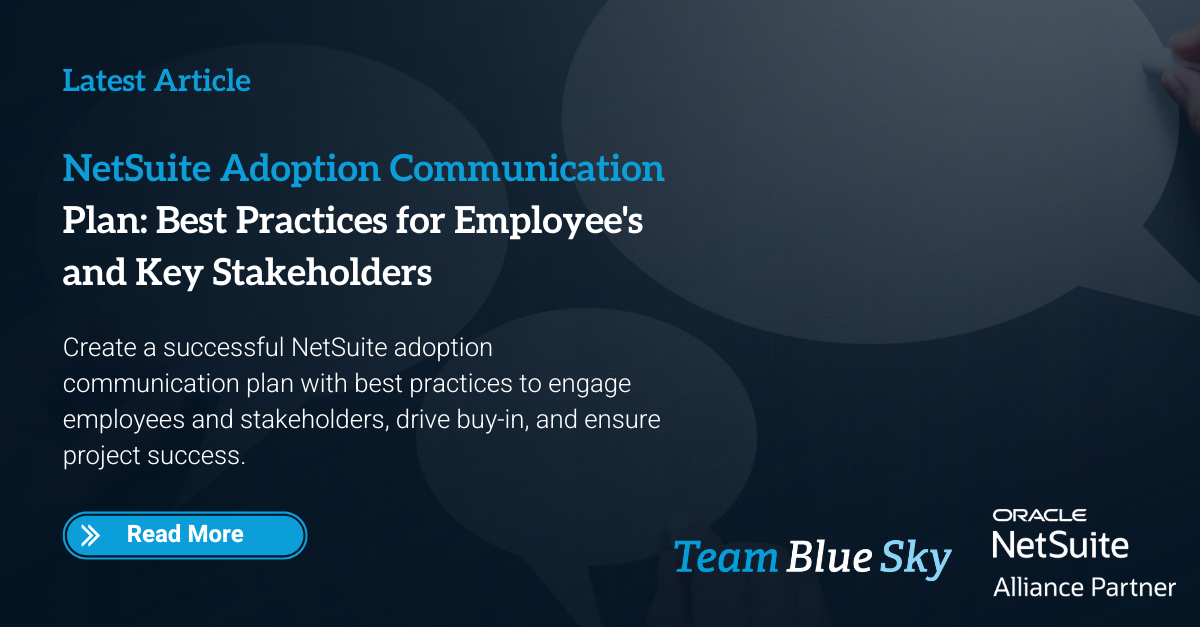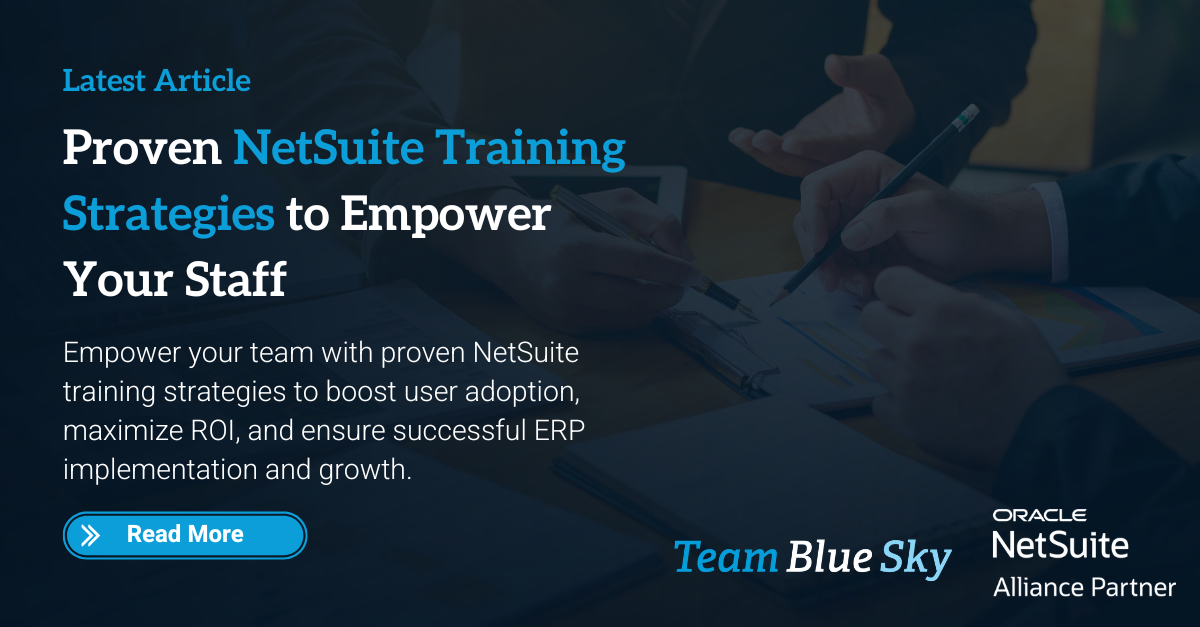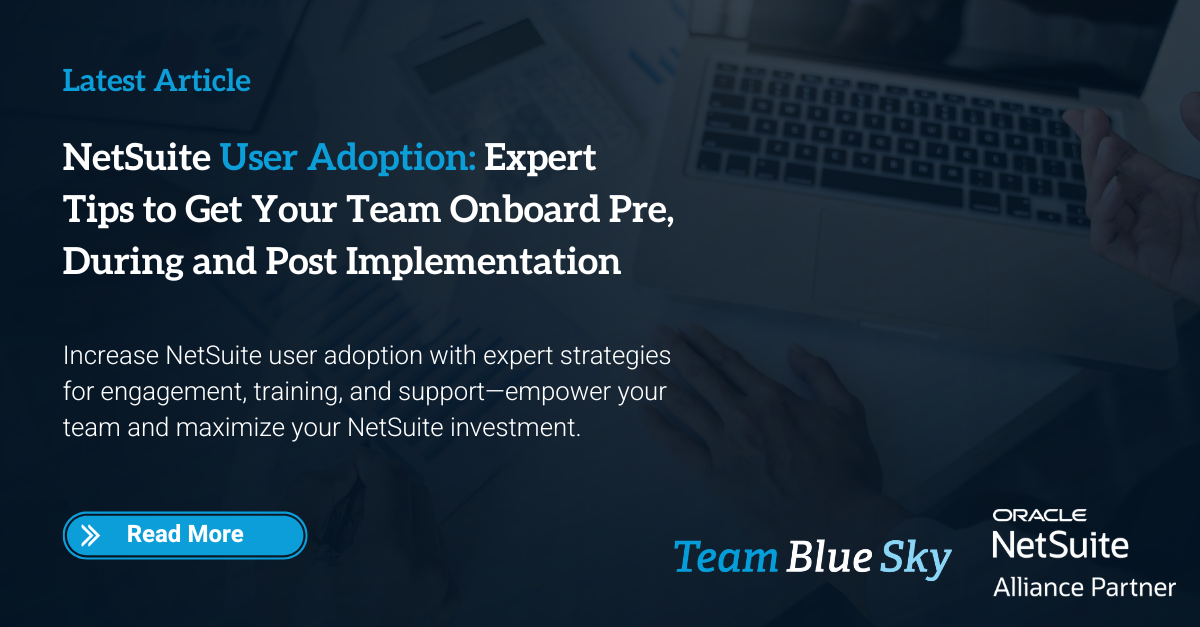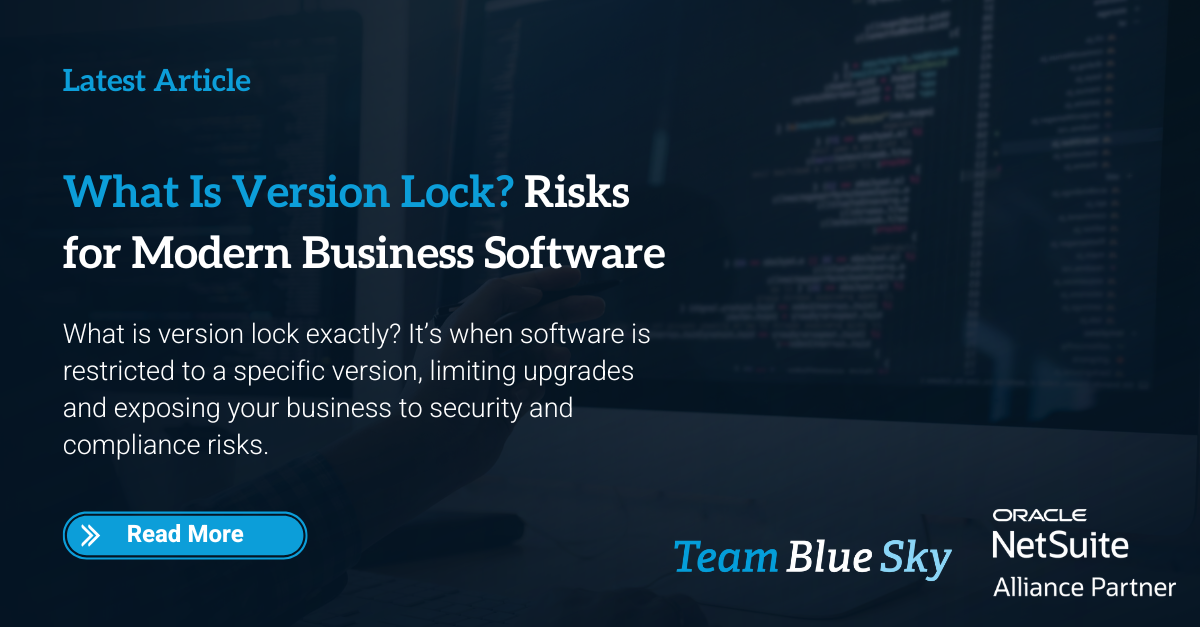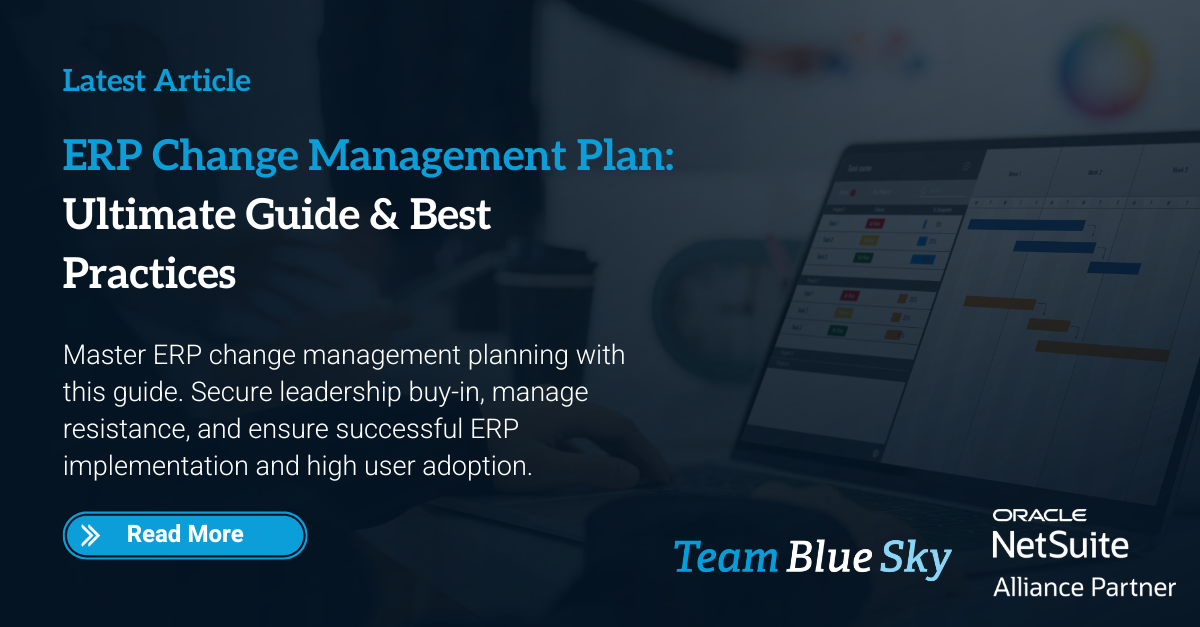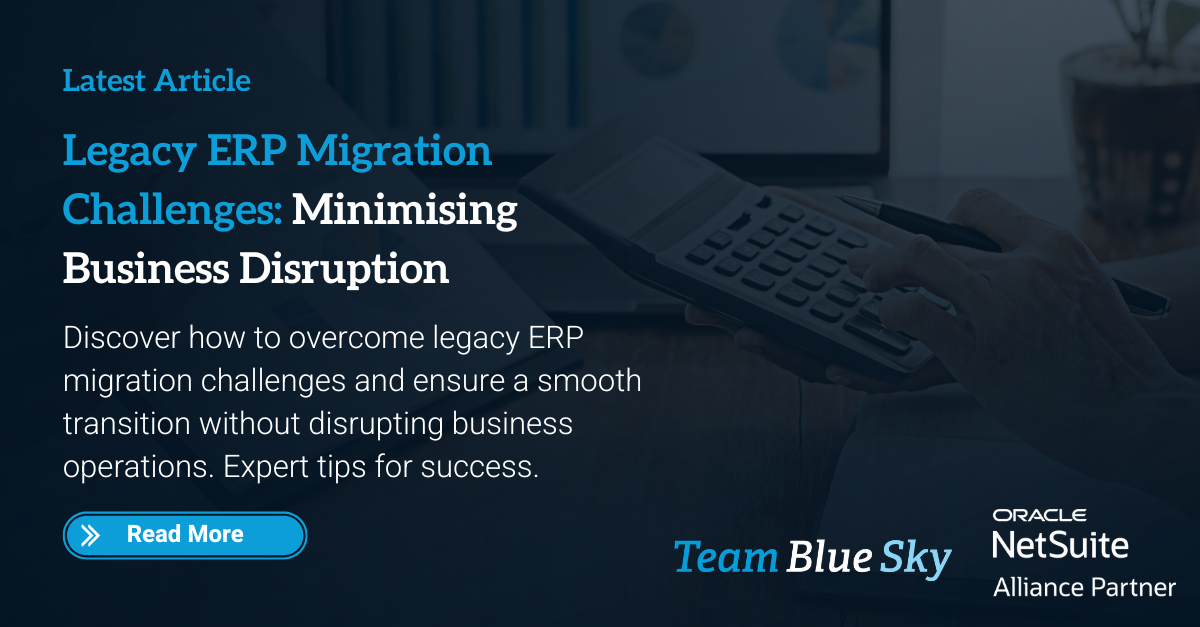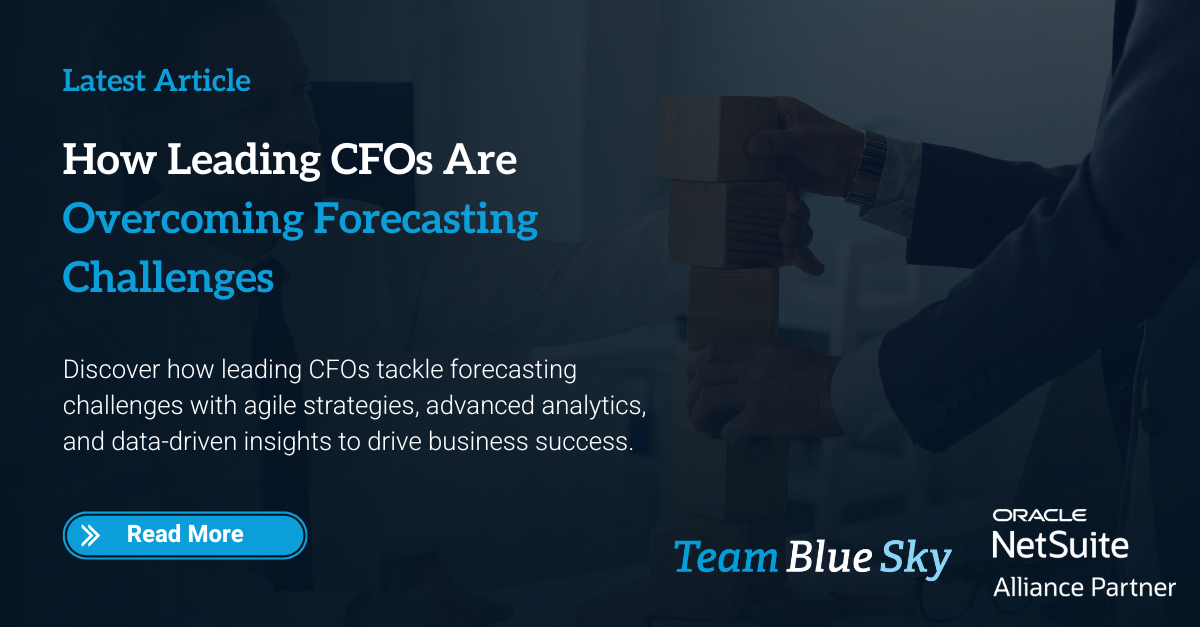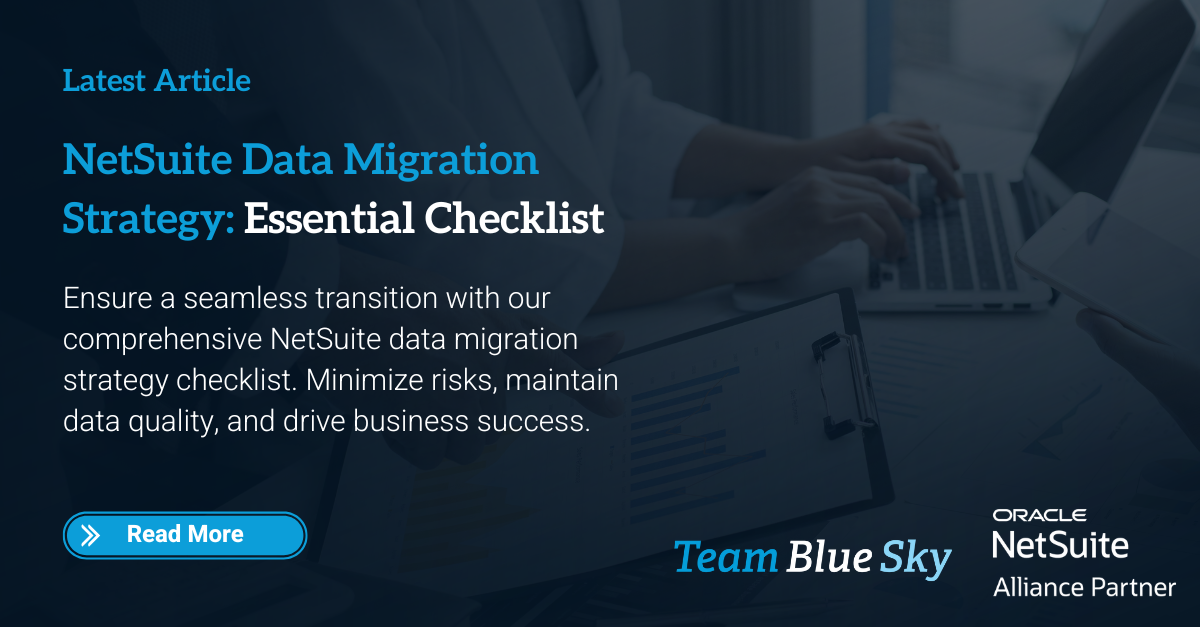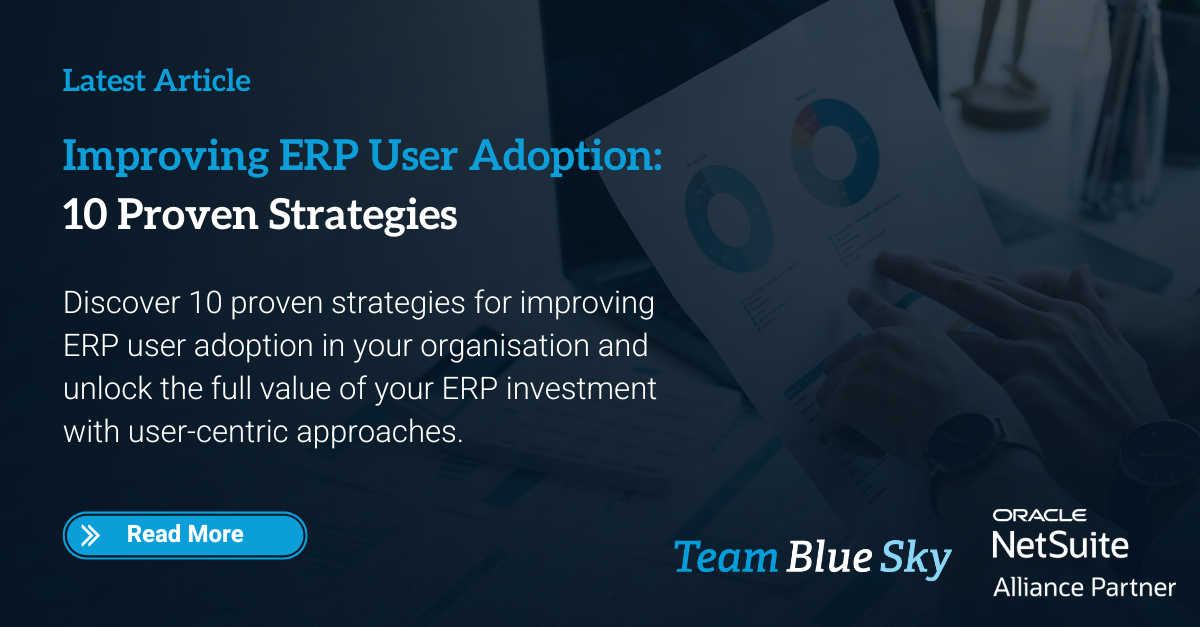NetSuite Implementation Approaches Compared: Which One is Right For You?
1. Project Initiation
The initiation phase involves clearly defining the scope, timeline, budget, resources, and goals for the NetSuite implementation project. This requires aligning stakeholders on expectations, forming a cross-functional implementation team, and assigning roles and responsibilities. The team should be comprised of members with deep knowledge of current business processes and systems. Defining clear objectives and success metrics upfront ensures the project starts off on the right foot.
2. Business Process Mapping
In the process mapping phase, the implementation team thoroughly documents the organisation's current workflows, procedures, data inputs and outputs. This gives visibility into how business processes currently function. The goal is to assess where NetSuite's capabilities can enhance or replace existing processes and identify any needed customisations. Current pain points and inefficiencies can also be identified at this stage. Comprehensive process mapping is crucial to ensure the new system harmonises with real-world workflows.
3. Solution Design
The solution design phase focuses on adapting and configuring NetSuite's features to align precisely with the mapped business processes. This involves setting up user roles, customising fields, screens and records, importing data, and constructing workflows and business logic inside NetSuite to match real needs. Design decisions take into account the pros and cons of adapting current processes versus taking advantage of NetSuite's best practices. The outcome should be a solution design that maximises value.
4. Data Migration
One of the most complex undertakings of any ERP implementation is migrating legacy data into the new system. The data migration phase requires meticulously extracting, cleansing, transforming and loading years of historical data from multiple systems into NetSuite. Maintaining data integrity and accuracy is paramount. A structured approach and validating results at each step is key to preventing the propagation of bad data. This phase lays the data foundation on which the new ERP system will operate.
5. System Integration
Today's business systems landscape often consists of myriad technologies handling different processes. The integration phase connects NetSuite with existing complementary systems like CRM, eCommerce, POS, HCM and custom applications. API or ETL tools can facilitate real-time data sharing between systems for a unified view of business operations. The scope, complexity and approach to these integrations depend on the technology landscape. However, some level of integration is typically required.
6. User Training
Before launch, users need appropriate training to skillfully navigate and get business value from the new NetSuite system. Training programs should provide role-based education on processes, applications, analytics and workflows. Testing also verifies that everything functions as expected. Rigorous testing across scenarios identifies bugs and opportunities for refinement. Issues can then be addressed to ensure optimal performance at launch.
7. Testing
Before going live, rigorous testing is imperative. During this phase, the ERP system is subjected to various scenarios and conditions to validate its reliability and performance. Any identified issues or bugs are diligently addressed to ensure a seamless transition.
8. Deployment
The culmination of the preceding phases is the transition from existing systems to relying on NetSuite in daily operations. This requires careful deployment planning and strategies to minimise disruptions. Following the launch, continued support through training, resolving issues, system enhancements, adapting to changing needs, and user engagement ensures long-term NetSuite success.
9. Post-Go-Live Support
The final phase of ERP implementation extends beyond the go-live moment. Post-go-live support is an ongoing process aimed at promptly addressing any emerging issues and ensuring that the organisation can fully leverage the benefits of the newly implemented NetSuite system.
The Case for Tailored NetSuite Implementation Strategy
The key to harnessing success with NetSuite lies not just within the software itself but in how it is deployed within your company's landscape. With a tailored NetSuite implementation strategy, you have the flexibility to accommodate your specific business objectives, workflows, and industry requirements, setting the stage for your organisation to thrive post-go-live.
Accepting a generic, one-size-fits-all approach to NetSuite deployment is often where many organisations stumble. By not addressing the individual challenges and potential of a business, a blanket strategy risks overlooking areas that require special attention. Customisation is often not a luxury but a necessity, ensuring that the advanced tools and functionalities of NetSuite are aligned perfectly with your business processes and goals.
NetSuite Implementation Methodology Overview
In Australia, businesses have been steadily moving away from traditional implementation models towards more agile-based methodologies. Understanding the nuances between these different strategies is crucial in selecting a methodology that suits your specific business needs.
Traditional Waterfall
The waterfall methodology provides a sequential progression through predetermined implementation phases. It operates as an ordered cascade through planning, design, development, testing and deployment. Each phase has defined deliverables and milestones that must be completed fully before moving to the next. The linear nature provides predictability in scheduling and budgeting. However, it leaves little room to change direction once phases commence.
Agile Methods
In contrast, agile methodologies take an iterative approach based on incremental developments and continuous improvements. Projects progress in short, collaborative work cycles called sprints, each building on the last. This provides multiple opportunities for evaluation, feedback and course corrections during implementation. Agile methods offer greater adaptability to changing or emerging needs but require more customer involvement throughout.
Hybrid Approach
Hybrid approaches aim to balance the benefits of predictability and adaptability. For example, using agile iterations during the initial design and configuration phases enables flexibility. Sequential waterfall methods could then oversee testing and rollout for more control. The hybrid model provides customised pacing and combinations of both disciplines tailored to project needs.
Which NetSuite Implementation Approach is Right for You?
When considering your approach for NetSuite implementation, it’s important to weigh the benefits of adaptability against the need for predictability in your project management process. While agile-based methods offer real-time responsiveness, a more traditional approach might suit projects where the scope and requirements are unlikely to change.
Choosing the Right NetSuite Rollout Model
When it comes to implementing NetSuite, the stakes are high, and the success of your venture hinges on selecting the optimal NetSuite approach that's compatible with both your existing business practices and future aspirations. There's a spectrum of implementation strategies to consider, and understanding the distinctions between them is key to a successful NetSuite implementation.
Phased Rollout
With a phased rollout, NetSuite capabilities are incrementally implemented over time. This may involve a pilot group, single department or minimal feature set launching first. Additional functions, groups and data then get phased in gradually. This allows adjustments as needed. A slower pace of change can ease adoption and training. However, benefits are also realised more gradually.
Big Bang Approach
The Big Bang model involves full-scale deployment of the complete NetSuite solution at once across the entire organisation. This rapid transformation enables immediate utilisation of all capabilities company-wide. However, large-scale change can be disruptive if issues emerge and require extensive upfront training. However, the rapid results can outweigh the risks for some organisations.
Hybrid Approach
This combines aspects of phased and big bang techniques. The most impactful NetSuite capabilities or business units could launch first. Other processes get introduced in later phases. This provides some immediate benefits while allowing time to refine certain functions or ready groups not in the initial rollout. The hybrid approach balances rapid impact with controlled pacing.
Best Practices for a Successful NetSuite Implementation
Following recognised best practices during your NetSuite implementation project is key to ensuring a smooth transition that delivers the desired business benefits. While each organisation's needs are unique, adhering to proven success factors will increase the likelihood of an effective rollout.
Secure Leadership Support
Gaining and maintaining executive-level sponsorship is one of the most vital best practices. Leaders who champion the NetSuite implementation demonstrate its strategic importance across the company. Their ongoing involvement maintains priority amid competing initiatives. Executives authorise the required human and financial resources for project success. Leadership's influence on corporate culture also encourages buy-in and eagerness to adopt changes.
Verify Data Integrity
The accuracy and consistency of data before, during and after migration is paramount. Flawed legacy data that gets propagated into NetSuite will undermine confidence in reporting. Best practice is to thoroughly audit, cleanse and normalise existing data over several iterations. Carefully mapping data fields across systems also prevents misalignment. After migration, rigorously validate results through comprehensive testing across multiple scenarios.
Communicate Early and Often
Frequent, transparent communication at all levels is vital for engagement. Impact analyses and training programs well in advance of launch smooth the transition. Create role-based courses on new processes, applications and analytics. Provide job aids, quick reference guides, e-learning modules and informal support channels. Gather feedback through surveys, meetings and pilot groups. Respond rapidly to concerns and information gaps that arise.
Support User Adoption
Getting input and buy-in from affected staff promotes competence and ownership. Involving subject matter experts in design decisions builds solutions that match real needs. Provide training tailored to different user types. Proactively address accessibility requirements. Monitor adoption levels post-launch and respond with additional training or refinements. Aim for enthusiasts across the organisation who champion the new tools.
Verify with Rigorous Testing
Validation through repeated testing in a mirrored environment is imperative before launch. Test scenarios should encompass edge cases, peak loads, integration points and disaster recovery. Thorough regression testing after configuration changes or upgrades is also advised. Fix any defects or performance issues discovered to ensure a smooth transition. Consider having users test key processes in rehearsals.
Common Challenges During NetSuite Deployment
While each NetSuite implementation journey has unique hurdles, some common challenges can be anticipated and mitigated by thoughtful planning:
Managing Change in Your Organisation
The shift to new systems and workflows requires care to minimise disruption. Conduct impact analyses to see where changes will be felt most. Provide skills training and communication channels to ease uncertainty. Involve frontline staff to boost morale. Develop contingency plans for productivity dips during the adjustment phase. Stay receptive to feedback after launch and be ready to refine processes based on learnings.
Ensure Effective Data Migration
Legacy data must integrate smoothly into NetSuite to maintain information integrity. Allow sufficient time in the project plan for meticulous cleansing, mapping of fields across systems, import and validation. Develop contingencies for transactions that may require manual migration. Verify accuracy through repeated testing. Maintain some historical data in read-only systems for reference if needed.
Provide Responsive Ongoing Support
The commitment to optimising and supporting usage continues post-launch. Maintain trained NetSuite experts on staff who can promptly respond to issues and enhancement requests. Monitor adoption levels and user sentiment. Consider third-party vendor partnerships for complex ongoing needs or large-scale deployments. Stay current on new NetSuite releases that could add value.
Conclusion
Selecting the optimal NetSuite implementation strategy is a complex endeavour with long-term consequences. There are many paths forward, each with trade-offs to weigh. Ultimately the approach must align with your organisation's culture, resources and objectives. While there is no universal perfect methodology, thoroughly examining the options against your unique needs will lead to an informed decision. With careful planning, expert guidance, and disciplined execution, your NetSuite rollout can deliver ongoing value and innovation. As the landscape evolves, remain open to emerging techniques, but stay grounded in practices that smooth the transition. With a tailored roadmap and commitment to continuous improvement, your NetSuite implementation can transform operations and propel your business into the future.

Henry Sack
General Manager

With over 12 years of experience as a NetSuite implementation consultant, Henry Sack leads TeamBlueSky’s team of NetSuite and accounting experts in his role of General Manager.
TeamBlueSky is a leading Australian
NetSuite Alliance Partner whose mission is to provide critical
NetSuite BPO and
Payroll services to NetSuite clients who are wanting to simplify their
back office processes and partner with a leading
NetSuite administration expert.
TeamBlueSky have also partnered with global Suite Developer Network partners to offer local solutioning, implementation and support services for global NetSuite SuiteApps.


